Meera Senthilingam
This week a famous compound that's always in the public eye, to explain more here's Brian Clegg.
Brian Clegg
If compounds were celebrities, DNA would be A list. You can hardly watch a news bulletin without DNA being mentioned. We don't have to name the compound - its initials are enough to make it instantly recognized. It even has its own logo in the form of a distinctive double helix. But what kind of celebrity is it?
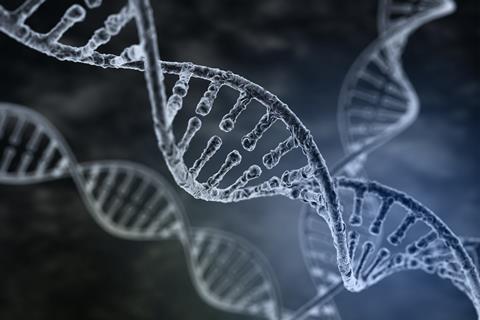
The most important consideration is that DNA isn't a single entity at all, it's a whole family. Its full name, deoxyribonucleic acid sounds simple enough, and the component parts of this molecule are relatively straightforward. But like dealing with a set of flat-pack furniture instructions the size of a house - though the individual parts are simple, getting a picture of the whole thing, properly assembled, is not trivial. We are, after all, talking about a family that includes the largest molecules known. Human chromosome 1, for example, is a single molecule with around 10 billion atoms.
DNA, then, is a format, not a single compound. The double helix is a pair of polymers, each a chain of sugars linked together by phosphate groups. The 'deoxyribo' part of the name comes from the sugar deoxyribose that forms part of these backbone polymers. (The 'nucleic acid' bit just reflects the discovery of these compounds in the nucleus of cells.) We're used to sugars as sweet components of food - these simple sugars or monosaccharides include the familiar glucose and fructose, but also ribose. Deoxyribose is just ribose with a hydrogen atom replacing one of its OH groups.
The backbone polymers make the shape of the double helix, but they wouldn't stay that way without being held in place by the base pairs, which form the treads of the spiral staircase that is DNA. Each tread is composed of two compounds, which can be selected from four bases: cytosine, guanine, adenine and thymine. These are all organic molecules containing nitrogen, with cytosine and thymine based on a structure a bit like a benzene ring called pyramidine, while adenine and guanine are based on a double ring structure called purine.
The interesting thing about the treads is that the pairs always come in the same coupling. Adenine is always paired with thymine, while cytosine is always linked to guanine.
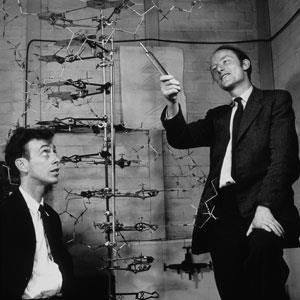
This complex structure was revealed in the 1950s. DNA was discovered nearly a hundred years earlier, but a detailed model of DNA, essential for understanding its role, was first published in 1953 by Francis Crick and James Watson, working at the University of Cambridge in the UK. They partly based their work on an x-ray diffraction image (where x-rays are scattered by the structure of a molecule to produce a distinctive pattern) produced by Rosalind Franklin and Raymond Gosling at King's College London, and were paralleled by work undertaken by Maurice Wilkins and colleagues, also at King's.
Crick, Watson and Wilkins received the Nobel prize in physiology or medicine for this work. Franklin (and Gosling) were overlooked, which has caused some controversy, though the rules of awarding the prize at the time limited it to three living recipients and Franklin had died by 1962 when the prize was awarded.
Why all the fuss? DNA is at the heart of life. Every living creature from the tiniest bacterium to the blue whale has DNA in its cells. Each living cell contains a number of different DNA molecules called chromosomes - in the case of human beings, 46 of them arranged in 23 pairs. The patterns of base pairs along the treads of the DNA staircase can be thought of as digital information, like the ones and zeroes of computer data. The individual sets of data within the chromosome are called genes. Information is read off a gene in a process known as transcription, where the data specifies which combination of amino acids are used to produce proteins.
This is all very well, but the mechanism of life requires a set of chromosomes in each cell. Given that living things grow and mature by dividing cells, there needs to be a means of replicating the information on the chromosomes in a new cell. This proves surprisingly simple because of DNA's structure. When a cell divides, the two chains of the double helix unwind, dividing each base pair tread into two. Although the two halves are not identical, because the base pairs always go together in a set pattern, it is simple to recreate the missing half from the original. So DNA carries forward its essential role. And by combining the DNA of both parents in reproduction, taking parts of each chromosome, a new individual is created.

We tend to hear of DNA in the news through genetic engineering and DNA fingerprinting. Genetic engineering typically modifies a section of DNA by cutting and splicing, rather like editing a movie. DNA fingerprinting relies on the existence of repeating patterns in the DNA that can be picked up and matched. A similar process is used in paternity testing, looking for matches in the shared segments of base pair codes.
DNA is often described as the blueprint of life. This is simply wrong. It would be impossible to provide detailed specifications for something as complex as an animal in the amount of information encoded in its DNA. It would be more accurate to think of DNA as the control software for a complex manufacturing plant. Yet there is no doubt that of all the compounds, DNA is the one that defines life on Earth.
Meera Senthilingam
So a compound for life. That was science writer Brian Clegg with the coding and controlling chemistry of our DNA. Now next week we sniff out a tasty compound.
Simon Cotton
For hundreds of years, chefs have added thin slices of the truffle to give a certain je-ne-sais-quoi to everything from omelettes to roast chicken. The truffles are now prized and rare; they have to be searched out, using the sensitive noses of pigs or dogs to detect their odour. It is only within the past twenty years that a French chemist named Thierry Talou has identified the molecule responsible for that heady scent. Some scientists thought that the pigs were detecting a steroid, but Talou believed that it was organic compounds of sulfur, and put his theory to the test.
Meera Senthilingam
And to find out if Talou was right and hear just what this compound is that adds that je-ne-sais-quoi to our food join Simon Cotton in next week's Chemistry in its element. Until then, thank you for listening. I'm Meera Senthilingam
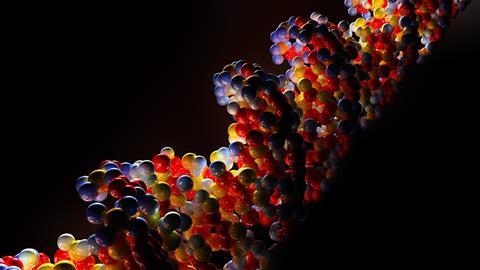
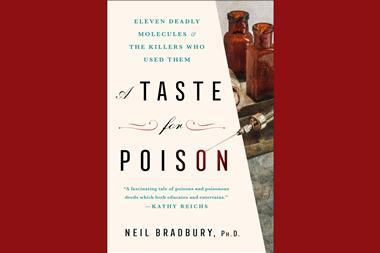
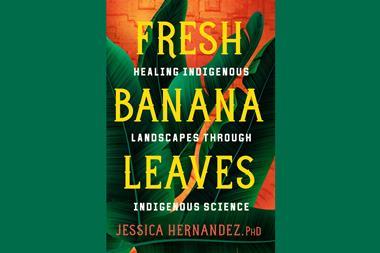



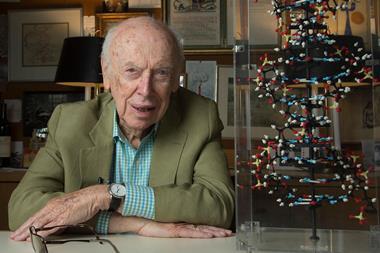
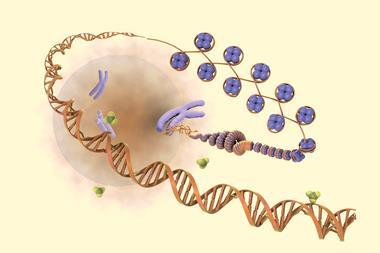
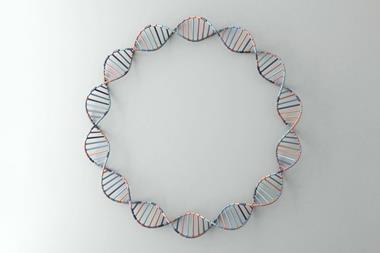
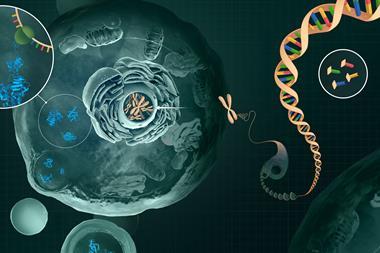
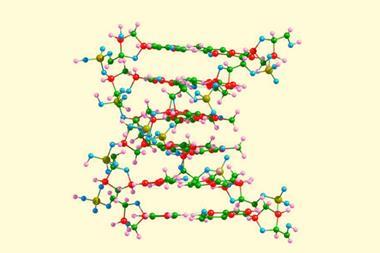


No comments yet